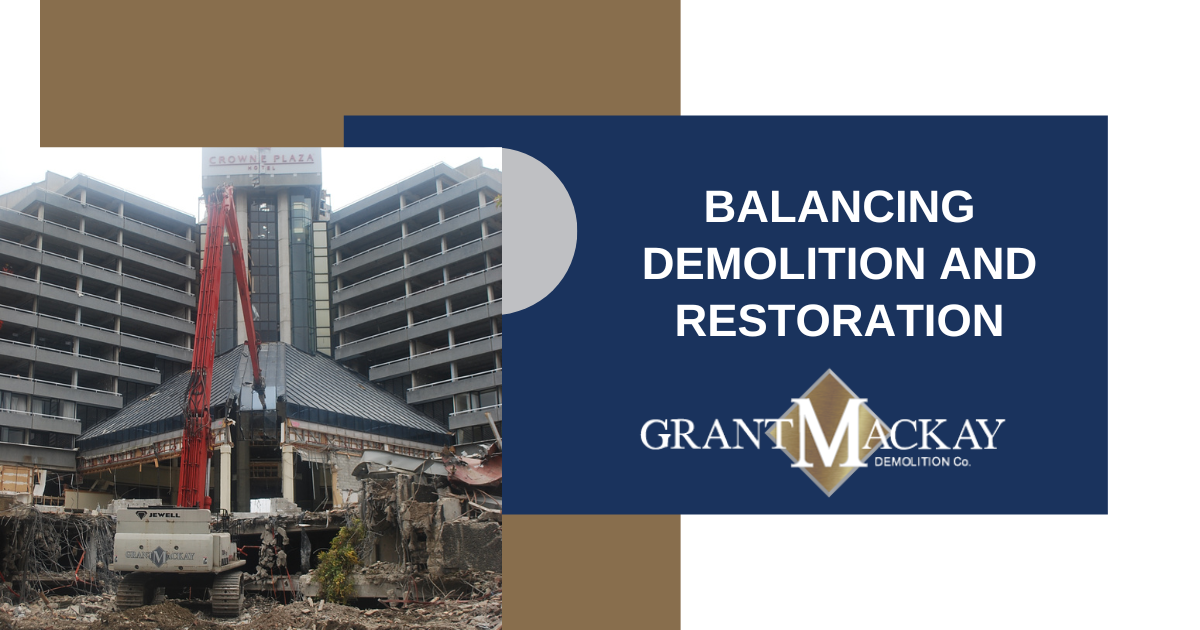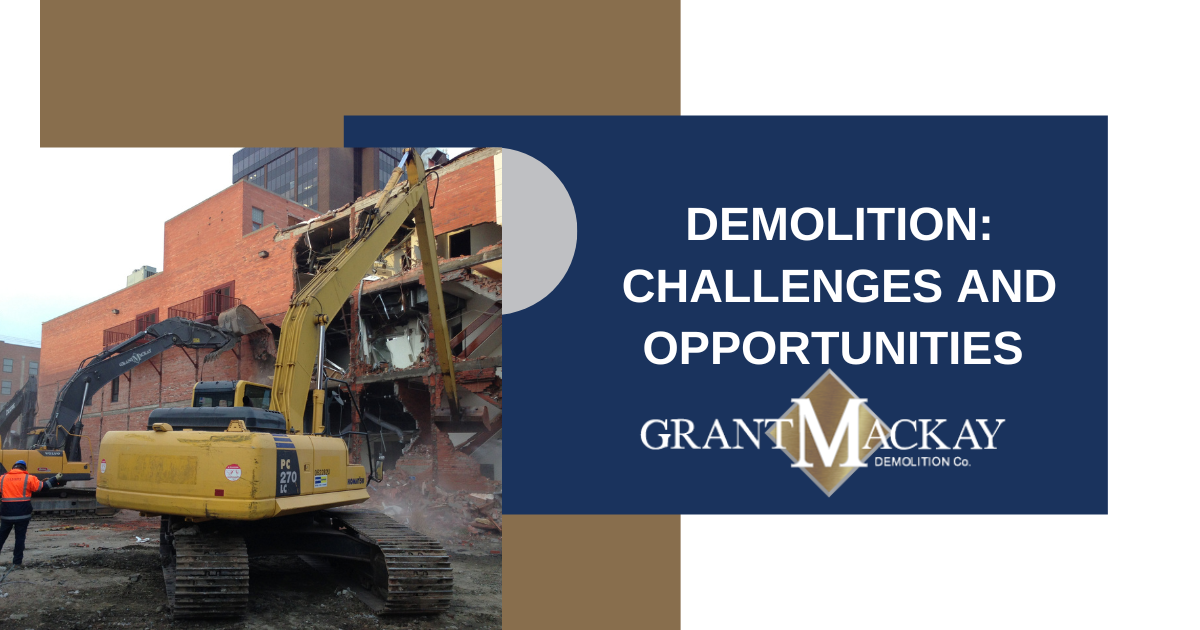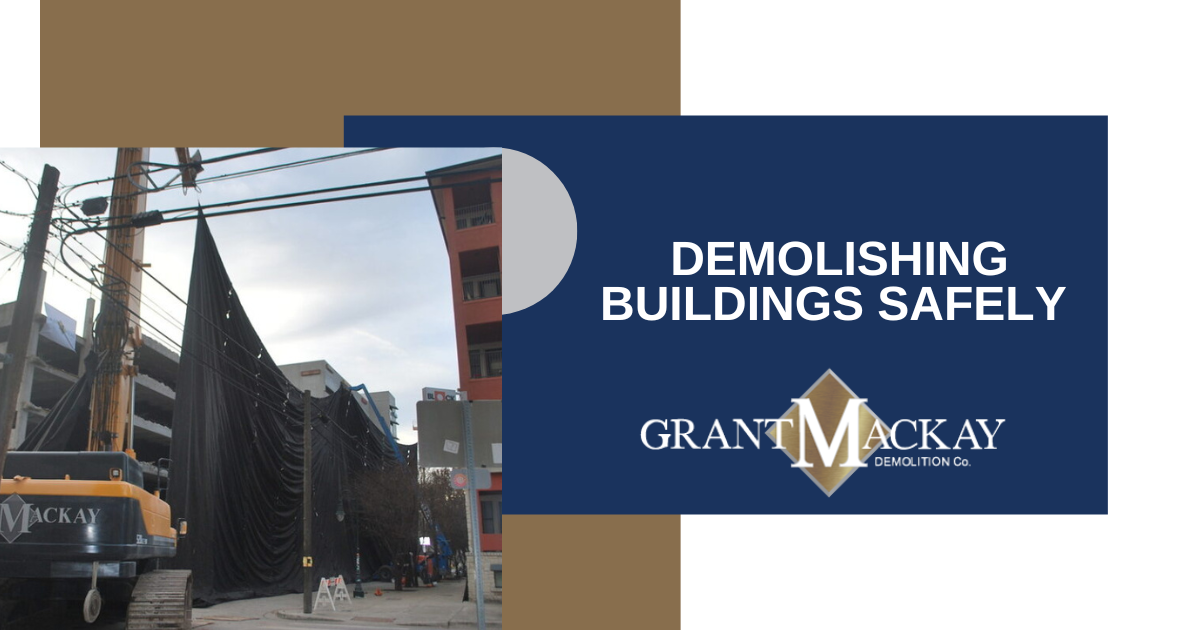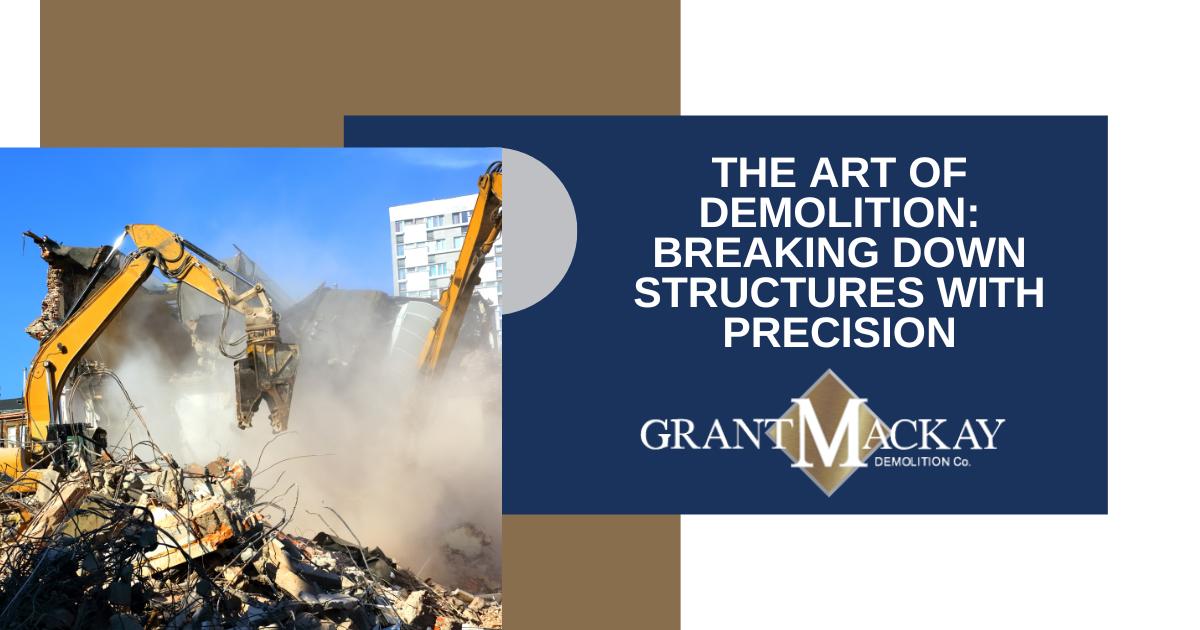One of the key concerns in any project is the quality of work and the safety
Choosing the right contractor for a Demolition project
Sometimes, buildings need to be completely demolished whether it's for hazardous reasons or to start the construction process of a new building. Whatever the circumstances may be, you have to do your research to choose the right contractor for your project. If you are wondering what you can do to make sure you are choosing the right one, here are a few tips.
Plan Your Project
The truth is that you’ll have a much easier time comparing contractors when you already know what you want to do. Depending on your own experience with demolition, you might find the contractors making substantial suggestions after you start conversing with them, but that’s important too.
The most crucial factor, is that you need to know what is being demolished and the reason behind it. Once the reasoning has been settled the next topic to conclude is the kind of timeline you’re aiming to meet. When that is all figured out then you can talk to the contractors to flesh out the rest of the details.
Knowing the foundation of the project is also going to allow you to ask a very important question: “Does the contractor have the right equipment for the job?” Even if a prospective contractor is great and all, but do not have the proper equipment and machinery; you may end up with a longer timeline, or an unsafe situation.
Vet Your Prospects
The most important part of choosing a contractor for demolition is verifying their credentials. Extensive research on their insurance is a must, you need to make sure it is current and active. If they provide certifications make sure to also look into its authenticity.
Demolition can be extremely dangerous, so the contractor that is hired on for this job needs to strive for safety as their priority. Having experience in the field of demolition is vital if you want to ensure a successful and safe demolition. One thing to consider is the contractor’s years of experience, particularly with the type of project you are looking to do. Look out for contractors who have a portfolio with similar projects and even ask for references to verify their experience and their quality of work.
Have Conversations
Once prospects can show their credentials, the only way for you to truly differentiate them is to have conversations with demolition experts. Talk about what you want to do and pay attention to their responses. Are they confident that they can match your plan? Do they offer tips or advice in the middle of the conversation? How many resources are they committing to the project? Why or why aren’t they confident with your proposal? In the same category, you want to make sure that the contractor you are considering has good communication from the beginning. Good communication is key to a successful project, therefore looking for a contractor that has good communication even from the prospecting search is very important. A good contractor should be easy to reach and be able to answer your questions and concerns in a timely manner.
Talk about Costs
Price is always a consideration we all look for. However, don’t simply go for the cheapest price. An overly expensive contractor doesn’t guarantee a perfect project. Make sure that the contractors you are looking at are offering a fair and reasonable price, get second opinions if you are not sure if the offer is reasonable. A good contractor should also be able to provide a clear and detailed breakdown of the costs.
Ask about their Quality and Safety Processes
Of course one of the key concerns in any project is the quality of work and the safety ratings of the contractor. When choosing a demolition contractor, ask about their approach to quality control and safety. Ensure that they have a process and plan in place that meets or exceeds industry standards and regulations.
Know who will take care of the clean-up
One of the last (and most important) steps when doing a demolition project is the clean-up after the project is completed. You want to know whether you will also need to look for an industrial clean-up contractor before you start a demolition project. The last thing you want is surprises when you thought a project was completed. You should check if the contractor will take care of the site cleanup and restoration, or if it will be your responsibility. Hand-in-hand with this is considering the environmental impact. Demolition projects can have a significant impact on the environment, so it's important to consider the contractor's approach to environmental protection, recycling, and waste management.
Read the contract carefully
Demolition projects are no small feat, so when choosing a contractor you need to thoroughly and carefully understand the contract you are being proposed. Assumptions can be costly, so make sure that the contractor provides a detailed contract that includes the scope of work, cost breakdown, payment schedule, and any warranties or guarantees on the work.
Are they Insured?
Nowadays many companies can say they are demolition contractors, but not all carry the proper insurance. A demolition job has many areas of liability. Verifying that the contractor has the necessary insurance coverage, such as general liability and workers’ compensation, to protect you in case of any accidents or injuries that may occur during the project is something that should not be overlooked. It’s often not thought about, but adequate insurance should definitely be considered in your search for the right contractor.
Save yourself some time with the extensive research,
reach out to one of our demolitions experts at Grant Mackay, we are always here to answer any questions.
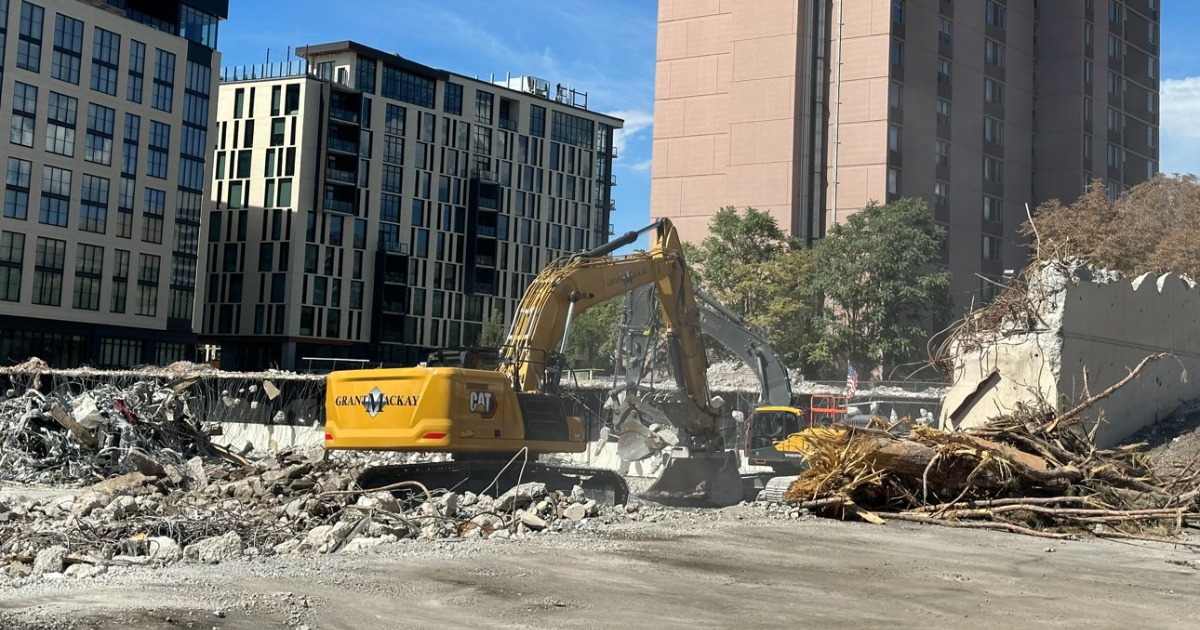
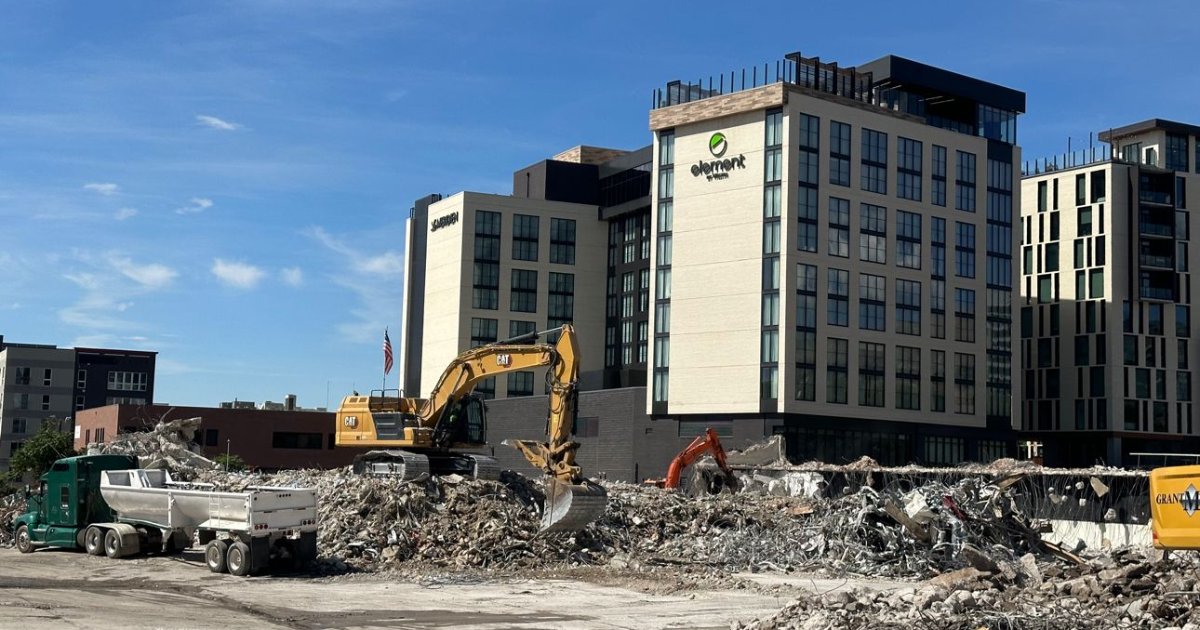
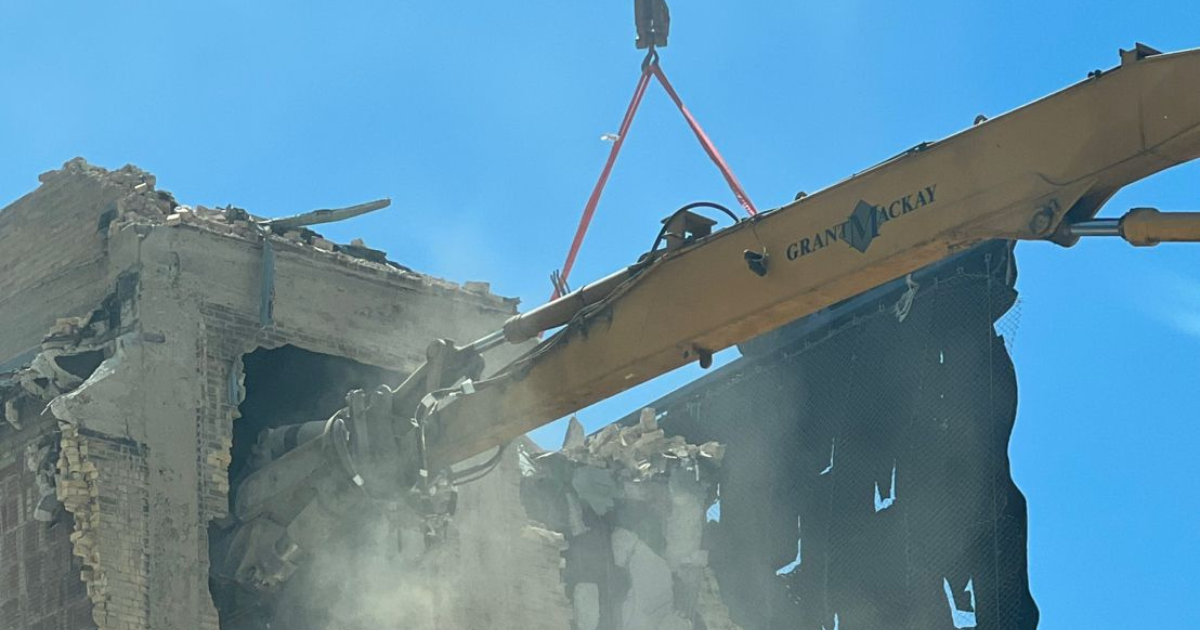
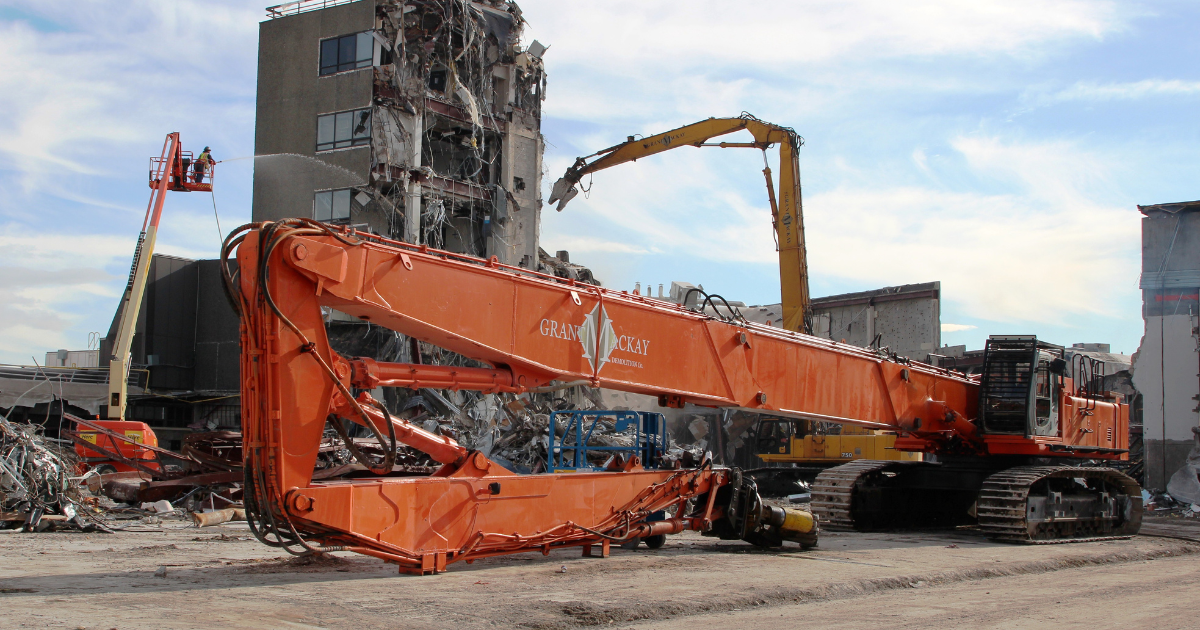

All Rights Reserved | Grant Mackay

